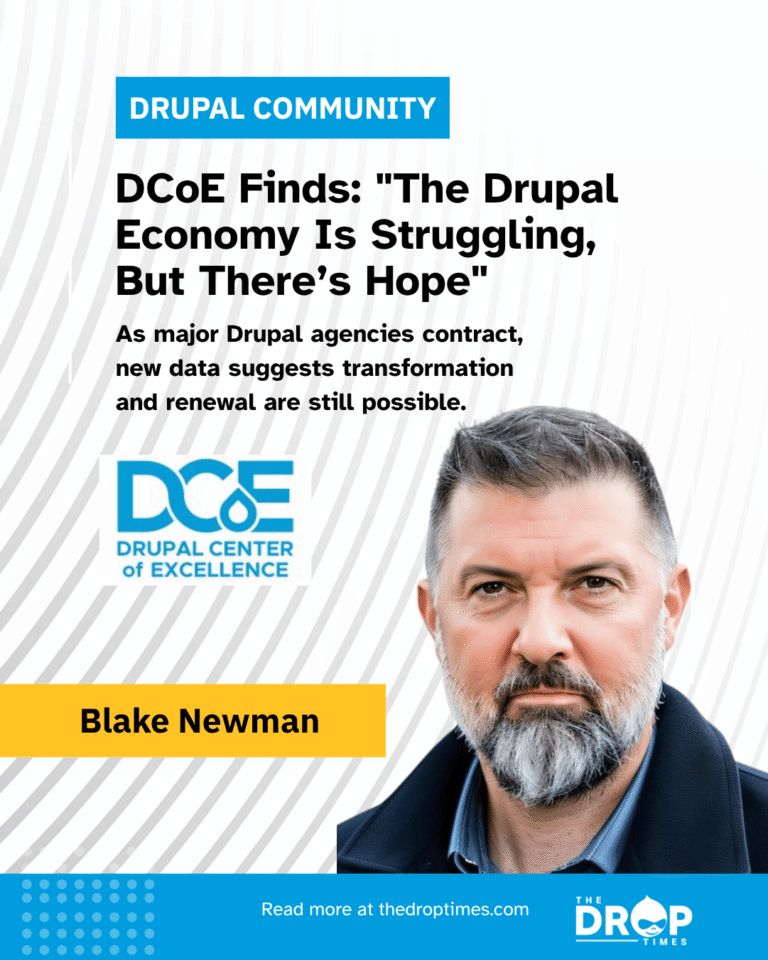
By Chris Gervais
Additionally, Artificial Intelligence (AI) and Machine Learning (ML) technologies are increasingly integrated into cloud security tools to detect anomalies and respond to threats faster than manual processes allow.
The Current State of Cloud Security
To combat cybercrime and proactively protect your organization, a more evolved approach to cloud security is necessary. Many organizations implement an outside-in approach, working to protect their infrastructure perimeter and company assets from malicious intruders who may be trying to gain access. However, this approach doesn’t take into account the possibility of internal threats or hackers who have already gained access. Organizations and cloud security professionals need to focus on thwarting the advanced threats within cloud environments themselves, all while maintaining total compliance, of course.
This inside-out approach to cloud security isn’t always easy, however, and it can be made more difficult by the fact that cloud security professionals capable of handling the cloud’s advanced threats and compliance issues are becoming increasingly rare. Case in point: the cybersecurity workforce shortage is expected to reach 3.5 million globally by 2025. This is creating a need for better tools to help operations teams level-up on security, thus improving operational efficiency. The big benefit: empowering those closest to the infrastructure to make the rapid changes necessary to improve security and continuously manage their security state over time.
The growth of cloud adoption brings with it a serious need for more disciplined security practices. While major cybersecurity breaches continue to dominate the news, the reality is only 3% of companies experience catastrophic losses worth more than million according to the IBM Cost of a Data Breach Report 2024. Smaller, internal threats are far more common for most organizations, and they can still cost companies significant capital. In fact, the Ponemon Institute found that insider activity is the most expensive ongoing cybersecurity threat to date, costing companies an average of 8,000 annually.
Inside-Out Cloud Security Monitoring Considerations
By continuously monitoring for suspicious or unauthorized behaviors, organizations can identify internal threats before they spiral out of control. Real-time cloud security monitoring can aid organizations in their efforts to combat cybercrime and thankfully, such technology doesn’t require designated, in-house security professionals. However, it’s important to ensure monitoring is conducted from within the cloud workload itself and that it provides immediate and actionable alerts so DevOps teams can rapidly plan and carry out effective remediation. Lastly, to effectively protect your organization’s data, systems, customers, and brand reputation, it’s critical to implement monitoring technology that can analyze normal system behavior as well as anomalous trends, so that any new or suspicious activities can be swiftly identified and contained before a breach occurs.
Finally, as hybrid and multi-cloud strategies dominate IT infrastructure planning, cloud security approaches must be adaptive and unified across platforms. Ensuring consistent security policies and visibility across multiple cloud vendors reduces risk and simplifies compliance management. Tools that offer centralized dashboards and policy enforcement across AWS, Azure, Google Cloud, and private clouds are gaining popularity.
In conclusion, cloud security in 2025 is no longer about perimeter defense alone but about a holistic, integrated approach that includes inside-out monitoring, zero trust principles, AI-driven detection, automation, and cross-cloud governance. Organizations that invest strategically in these areas will not only protect their assets but gain a competitive advantage through greater agility and trustworthiness.
One example of an inside-out approach to cloud security monitoring includes vulnerability management, which is used for scanning three key areas particularly prone to attacks: web applications, operating systems, and everyday packages. With access to production, for example, a misguided or malicious employee could easily install an unauthorized package in your base AMI, or worse yet, install a package directly on production environments. With vulnerability management implemented as an inside-out strategy, however, DevOps teams can verify the attack surface of every installed package before it goes live and wreaks havoc.
Emerging Trends and Future Directions
*This article has been updated to reflect current cloud security trends and data as of 2025.
As cloud ecosystems become more complex, security solutions are evolving toward incorporating Zero Trust Architecture (ZTA), which assumes no user or device is automatically trusted, whether inside or outside the network perimeter. Zero Trust requires continuous verification of user identities and device health, ensuring the right people have the right access at the right times. Adoption of ZTA principles is accelerating, especially among enterprises handling sensitive data.
Monitoring needs to occur at the workload layer, because here, activity can be monitored across multiple areas deep within the environment to accurately identify and stop inappropriate internal behavior before it causes damage.
It’s equally important for organizations to consider their Operations team when evaluating cloud security monitoring services or tools. Given the increasing overlap between Operations and security, monitoring tools should be able to integrate security alerts directly into DevOps workflows so teams can respond quickly and with context about what occurred. In other words, security information needs to move to where your teams are working every day and you need to choose platforms that can integrate easily and surface alerts and context in situations that matter.
The conversation around cloud adoption has evolved significantly over recent years. What was once a debate about whether to move workloads to the cloud has shifted to how organizations can securely and efficiently manage their cloud environments at scale. Today, cloud is widely accepted as the foundation for digital transformation and business growth. However, as cloud usage expands rapidly across industries, security and compliance remain top priorities for CIOs and IT leaders. To keep pace with this dynamic environment, organizations must rethink their approach to cloud security while moving beyond traditional hardware and software solutions toward agile, scalable tools that protect modern cloud architectures while enabling innovation.
Another growing area is Security Orchestration, Automation, and Response (SOAR) platforms that help integrate multiple security tools and automate response workflows. This helps reduce alert fatigue and speeds remediation, especially critical in cloud environments where changes happen rapidly and continuously.





